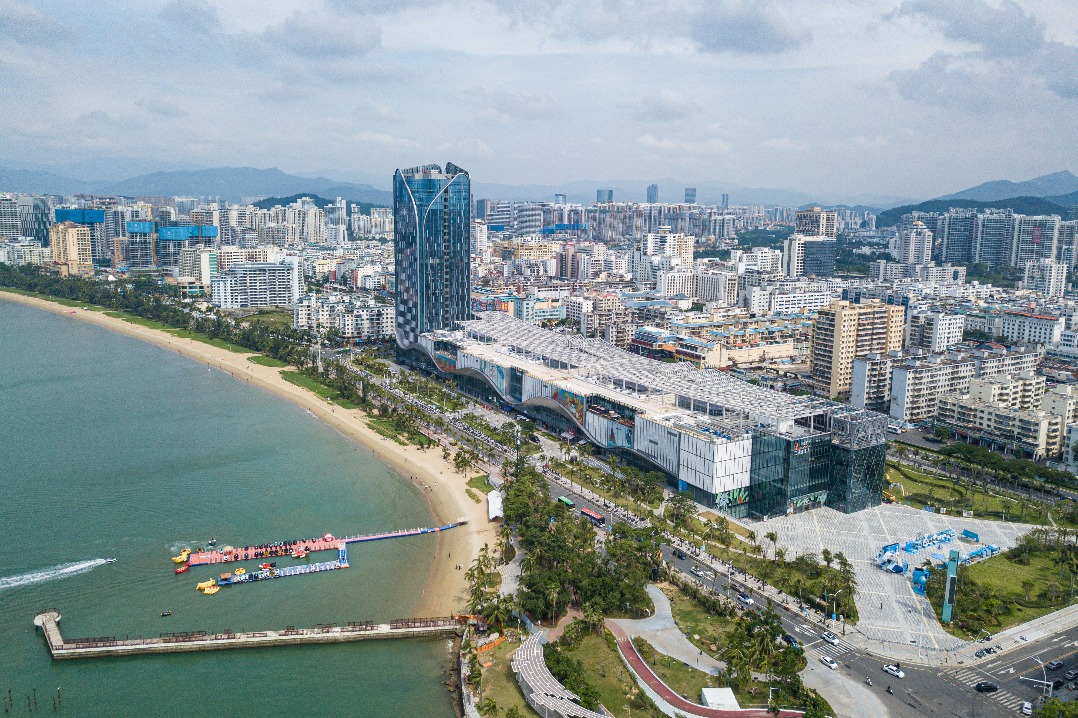New life infused into Beijing's past


Historic sites
The emergence of Shanghai-style alleyways in Beijing, characterized by the shikumen compound, was no coincidence. They have close links to the area they are located in and date to the Republic of China era (1911-49).
Xiangchang New District emerged when Zhu Qiqian, minister of the interior in the early 1910s, decided to create a trendy area in Beijing to provide high-end commerce, entertainment and dining areas.
After the 1911 Revolution, which ended imperial rule in China, Zhu suggested that a municipal office be established to handle the city's urban planning, infrastructure construction and maintenance.
Helped by a team of professionals, the Beijing municipal office oversaw the city's transformation, including the renovation of Zhengyang Gate, or Qianmen, the launch of Xiangchang New District urban area, and the establishment of Dong'an Market.
Under Zhu's guidance, the office raised funds for urban development, surveyed and mapped the city, opened up royal gardens, built roads, and repaired city walls. Records show that these efforts laid the foundations for modern-day Beijing and marked the introduction of Western urban construction ideas to the city.
Xiangchang New District, which embodied contemporary construction ideas, featured 14 redesigned roads and also Western-style buildings designed by foreign architects.
























